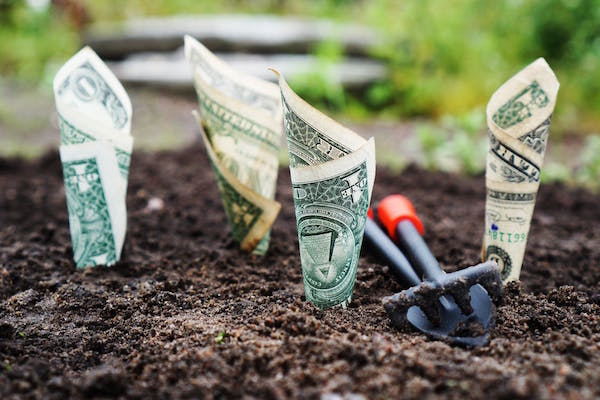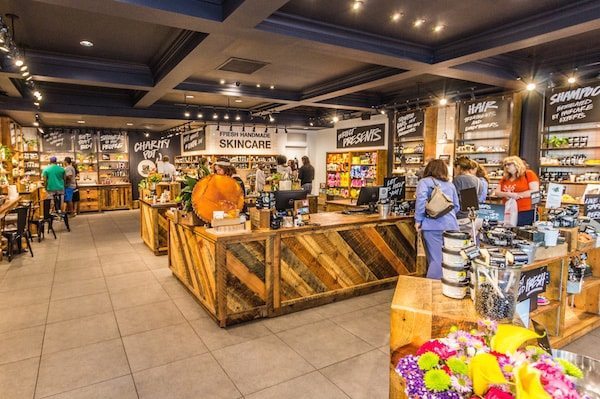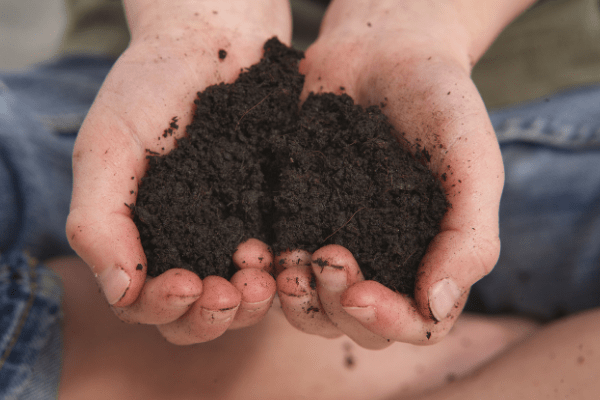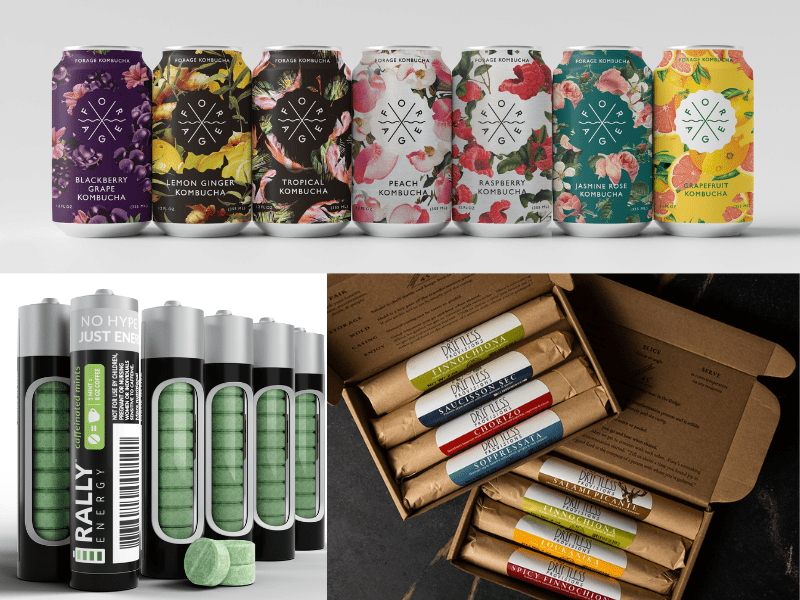In the last few years, regenerative agriculture has catapulted from a somewhat nebulous notion to something everyone is talking about. Regenerative agriculture centers on revitalizing soil, reducing chemical inputs and promoting above- and below-ground biodiversity, which in turn can draws down carbon, improve water cycles and restore entire ecosystems, making it a vital way to mitigate climate change.
This sustainable system of farming isn’t new—it’s essentially “the way they used to do it.” It’s basically what Gary Zimmer, founder of Midwestern BioAg and one of Tera’s Edible-Alpha® Live! interviewees, began teaching in the early 1980s, coining it “biological farming.” It has been championed, along with organic, biodynamic and other related systems, by forward-thinking food brands and farmers for years now.
But only recently has regenerative agriculture entered the zeitgeist, with giant food companies, mission-driven food entrepreneurs and farmers—including a growing contingent of historically conventional and commodity farmers—increasingly embracing it. Along with appreciating its ecological benefits, they see regenerative ag as way to secure future supply chains, improve food quality and, notably, increase profits.
Why is this happening now? What has caused so many stakeholders to wake up to regenerative ag’s potential?
It’s a confluence of factors. For one, climate change has become much more tangible, with one extreme weather event after another ransacking homes, businesses and crop fields and throwing wrenches in food supply chains. These impacts are felt by both the food industry and everyday consumers, compelling many to take action to tackle the problem—and regenerative agriculture offers a promising solution.
Another factor is the growing realization that the current agribusiness model, with its climate-ravaging practices and overreliance on a handful of commodity crops, simply isn’t working. The disastrous weather, escalating trade wars and the global COVID-19 pandemic have exposed conventional ag’s many flaws and made it clear it’s time for change. Frustrated conventional and commodity farmers see it. Food manufacturers that source from farmers see it. Consumers, who increasingly care about the climate and care where their food comes from, see it too.
For a long time, organic farming, which shares many tenets with regenerative ag, was considered the best solution to these issues. It remains a key part of the solution, but with just 1% of cropland in the U.S. certified organic, many now fear there isn’t enough time to convert enough farms before it’s too late. Because to achieve organic certification, farmers must adhere to a strict set of practices and wait three years before their crops can command a premium.
Regenerative agriculture, on the other hand, includes a range of climate-friendly practices that farmers can implement immediately and that can yield measurable results in less time. In short, it has a lower barrier of entry than organic. Though it may not be perfect, it is progress, and doing something to combat the climate problem is better than doing nothing.
All of these factors have made regenerative agriculture an attractive proposition for farmers and the food companies that rely on them. Plus, as they quickly learn, it’s smart business too. By working with—not against—nature, regenerative agriculture requires fewer inputs and produces better outputs, meaning more money saved and earned. The realization of this is helping to attract more investment dollars too, although much more patient capital is still needed.
This is a big reason why we held Edible-Alpha® Live and offer ongoing trainings and networking opportunities: to connect regenerative ag entrepreneurs with impact capital. The time for regenerative agriculture is now, so let’s work together to make real change.

As part of Edible-Alpha® Live!, Tera interviewed famous founder Gary Zimmer, along with his daughter Leilani Zimmer Durand, of Midwestern BioAg. The “father of biological farming” shared the story of his 37-year-old fertilizer company founded on his pioneering soil-health-focused approach to dairy farming, followed by a discussion about how entrepreneurs and impact investors can move regenerative agriculture forward.
- NEW! Watch the interview on our YouTube Channel
- Listen to the latest podcast episode
- Subscribe to our podcast
- Subscribe to our YouTube channel
And now, our roundup of the best food and beverage finance news, events and resources from around the web…

Business Model Insights
- SKU rationalization, promo suspension trigger unexpected consequences, shift power balance (FoodNavigator-USA) Efforts to ease supply chain pressures early in the pandemic will likely have unintended consequences for product development, retail shelf space negotiations and marketing strategies long after COVID-19 is controlled and consumer demand levels out.
- 5 questions to ask before adopting a coronavirus vaccine policy (Food Dive)
- Attorneys weigh in: What legal issues should food & beverage companies watch in 2021? (FoodNavigator-USA)

Raising Capital
- ESG reflects long-term resiliency for investors (New Hope Network) Companies with environmental, social and governance missions must communicate activities and commitments to investors.
- How to Navigate USDA Funding for your Food & Farm Business (Food System 6)
- Foodbevy connects startups, industry players to close wealth, network gap (FoodNavigator-USA)
CPG/National Brands
- A guide to winning in store in 2021 (Nielsen Insights) As the impact of economic slowdown continues, CPG success depends on how manufacturers address evolving behavior and shifts in the retail landscape by leveraging best-selling retail locations, e-commerce, assortment and promotions.
- Sustainable Packaging Toolkit: A comprehensive resource and guide (Food & Beverage Insider)
- Brands plus influencers: How to make the magic happen (New Hope Network)

Market Trends
- The trends COVID-19 pushed into warp speed (New Hope Network) COVID-19 catapulted six industry trends into the mainstream faster than anyone could have predicted. Learn how each trend is playing out, the test results validating them and the predictions for 2021 and beyond.
- Food Trends to Watch in 2021 (Food Insight)
- 5 trends fueling food and beverage innovation in 2021 (Food Dive)

Farming and AgTech
- When meat is sourced from “independent family farms,” what does that really mean? (The Counter) A coalition of sustainable farming groups is calling on FTC to regulate use of the term, calling it deceptive to customers and harmful to “truly independent farmers.”
- Does Regenerative Agriculture Have a Race Problem? (Civil Eats)
- The Effects of U.S. Federal Payments on the Agriculture Sector (Food Tank)

Deals/M&A
- 2020’s 10 biggest M&A deals in the food and beverage industry (Food Dive) Despite the pandemic, companies found ways to streamline their operations as needed and expand their portfolios when opportunities arose.
- Mondelez acquires better-for-you snack maker Hu (Food Business News)
- Whole Earth Brands buying Wholesome Sweeteners for $180 million in cash (Chicago Business Journal)

Virtual events
- Edible-Alpha® Consultant Huddle: 12/21 at 1 p.m. CST
- Edible-Alpha® Consultant Huddle: 1/4 at 1 p.m. CST
- FFI Scaler Series: Sales & Distribution Planning Workshop: 1/14
- Dairy Strong: 1/19–1/21
- Digital Food & Beverage Virtual Event: 1/20 –1/21
- International Production & Processing Expo: 1/25–1/29
- PLMA Live! Presents Private Label Week: 2/1–2/5
- FFI Scaler Series: Marketing & Branding Planning Workshop: 2/4
- AFFI-CON 2021: Accelerating Growth with Frozen Ingredients: 2/17–2/26
- FFI Scaler Series: Operations & Organization Planning Workshop: 2/24


